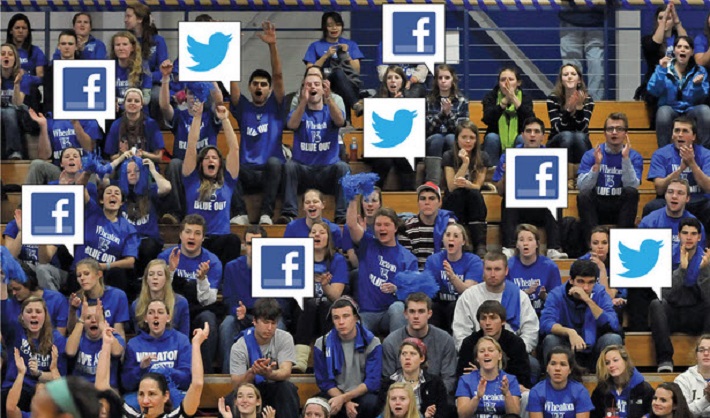By Pak H. Chau, Founder and CEO of WOW Sports
Social media has the power to revolutionize the world of sports, in general, and extreme sports, in particular. It is one of the few mediums with the global reach to expose the talents of, say, skateboarders in Brazil and BMX bikers in Buenos Aires.
Social media is used to attract an international audience for otherwise unknown athletes, and further competition among players in one country versus another; it has the ability to complement the best features of our smartphones and tablets, while giving everyone – fan, amateur and professional alike – the chance to vote for their favorite performer.
It is the great liberator of borders, and the mighty ally of potential sponsors and advertisers throughout Asia, Europe, Australia, the Americas and the Middle East. Hootsuite even offers a whitepaper on how top teams are using social media to attract local fans.
“It’s sometimes easy to forget the power of #socialmedia especially among leaders of the #BMX community.” https://t.co/cpEsqBc87o @BMXnews
— Dr. Jason Richardson (@RealDrJRich) September 7, 2016
I write these words from experience because, in my role as the Founder and CEO of WOW Sports, I have the opportunity to unite recognized and anonymous talent to people of all interests, backgrounds, ages, incomes and pastimes – from the streets of Hong Kong to the beachfront parks of Honolulu, from the skateboarding arenas of Southern California to the many neighborhoods and boulevards of South America.
Seeing these competitors is one thing, a very important part of the WOW experience, but using social media to popularize this phenomenon is something else entirely. Picture a complementary environment between my technology and Facebook, to cite one example, and the many ways a video can go viral: Taking an unknown, in one city, and remaking that athlete into a superstar, in New York, Los Angeles, Chicago or Miami.
Think of the interactive nature of this resource – consider, too, the interactive features of social media as a whole – and then apply those principles to an international viewership of millions. Picture people the world over tweeting about or posting comments concerning this urban athlete or that improvisational performer.
Take into account the conversational qualities of social media, where users can showcase clips of competitors in the midst of redefining the limits of a given activity or the dynamics of a specific sport. This is the reason why social media exists in the first place – to be a transcendent force that links us by a common vocabulary, the language of sport, so we can root for our favorite players, follow their daily exploits and celebrate their breathtaking achievements.
These features are conversational by design, so people can publish more than a sentence fragment and a link to some video: They can engage one another, in a spirited back-and-forth, about the merits of one player or the signature skills of an erstwhile competitor.
If we want social media to wow people, and if I want WOW to fuel that reaction, then it is best to have an application that favors this medium.
It is best to entertain and educate your audience, giving them the intelligence they crave and the insight they appreciate.
It is best to leverage social media, drawing praise from existing fans and eliciting support from new users and viewers.
In so many words, it is time to be social.
Main image credit: www.workinsports.com



